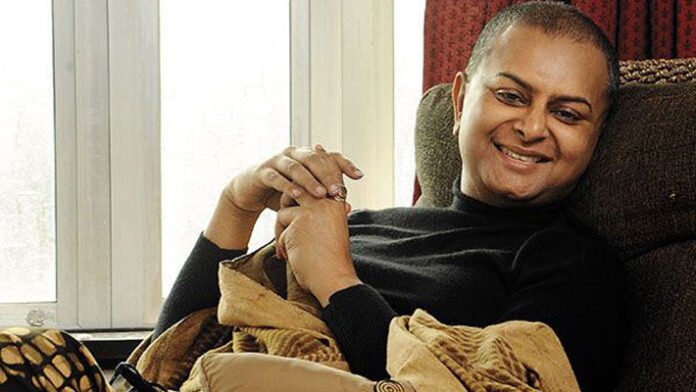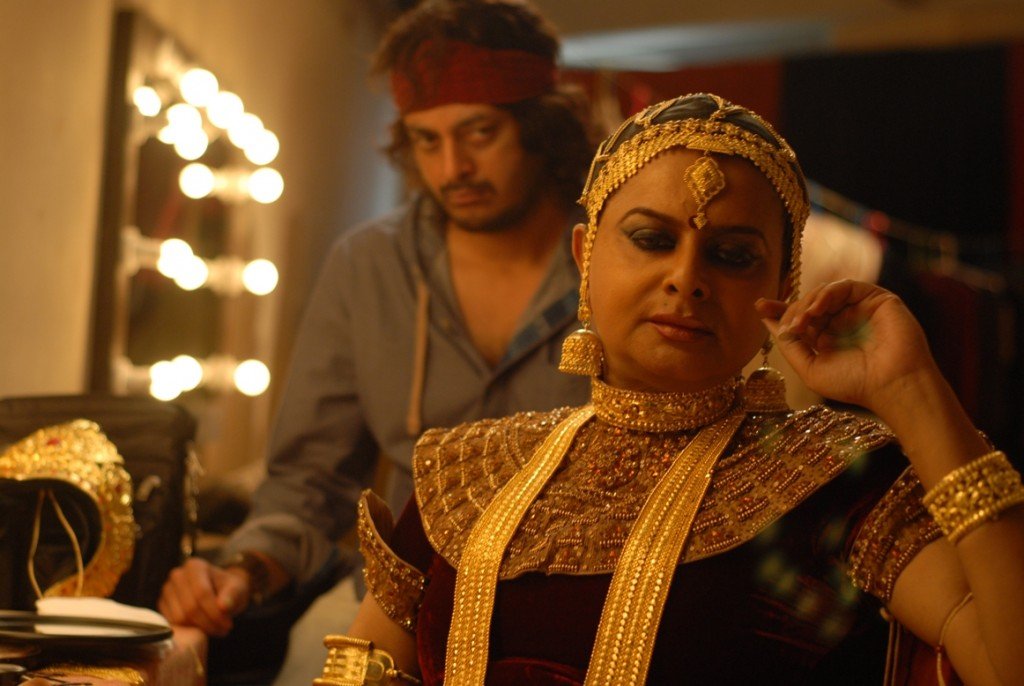Rituparno Ghosh, one of India’s most talented directors and sensitive storytellers, was a visionary. He was recognised for pushing the edge not only in terms of the subjects of his films, but also in terms of his personal life and his distinct persona: bald head, kohl-lined eyes, flamboyant fashion style… challenging society to review prejudices on a regular basis. Here is the story of the great director.
But, my city, I know, can neither handle me nor ignore me.’ – Rituparno Ghosh
Rituparno Ghosh, one of India’s most talented directors and sensitive storytellers, was a visionary. He was recognised for pushing the edge not only in terms of the subjects of his films, but also in terms of his personal life and his distinct persona: bald head, kohl-lined eyes, flamboyant fashion style… challenging society to review prejudices on a regular basis.
Ghosh earned an economics degree from Jadavpur University in Kolkata. The works of director Satyajit Ray affected him during his undergraduate days, when he attended several film festivals. Ray’s works persuaded Ghosh that filmmaking is his actual calling.
The Bengali cinema industry saw a revival because to Ghosh’s work. His writing was deft and compelling at the same time. Not so much with words as with body language, his characters communicated a lot. He spoke on the highest levels of human feeling as well as the emotional tangles that can arise in relationships. He addressed the bittersweet emotion and complexities of an ambitious mother’s relationship with her autonomous daughter in Unishe April (1994). Bariwali (1999), another National Award winner, tells the story of a lonely woman who has lived a quiet existence for a long time and is startled into splendour when she is forced to allow some city dwellers shoot within her palace.
Her newfound happiness draws her to the film’s director. After the crew leaves her mansion, the video ends in despair; her exhilaration fades as she realises how much loneliness she is experiencing.
‘I think the fun of filmmaking is when the audience can be partly dissatisfied, indifferent, enthusiastic, and then there will be others who can absolutely identify themselves with a film,’ Ghosh says in an interview with Mint.
Ghosh drew attention to issues that had previously been overlooked. In his film Choker Bali (2003), he explores widowhood, remarriage, and desire manifesting itself as lust and deception in manipulative relationships. Characters like Ramita in Dahan and Binodini in Chokher Bali abandon their homes, husbands, and suitors in order to explore a life beyond the restrictive boundaries of relations, society, and home, and his films frequently portray female protagonists throwing off the mantle of patriarchal repression, even if it means abandoning and walking out of the assumed bliss and security of marital life: Ghosh’s films were dubbed “womanist” rather than “feminist.”
Ghosh’s films frequently dealt with the truth behind ostensibly happy marriages or relationships; his films often dealt with the truth behind ostensibly happy marriages or relationships. His settings, the mood, the clothing, and other types of nonverbal communication that portrayed the underlying emotions were all crucial. His films, which are mostly shot inside, concentrate largely on dialogue and score.
For example, in Raincoat (2003), the never-ending rain serves as a metaphor for the unspoken secrets of two former lovers who reunite after years apart. It is nearly entirely shot inside a zamindaar’s house in Kolkata, in a room with antique furniture strewn about carelessly, and a sultry ambiance in grey and blue tones. A single candle in the room spreads light and warmth, reflecting the weak yet unbridled love between the two protagonists.
The congested and unkempt surroundings reflect their current condition of affairs, as evidenced by the worn-out expressions on their faces. The former lovers’ looks and gestures indicate hesitation, despair, and loneliness, as well as passion. Ghosh’s narrative is uncompromising and poetic, and he conveys the story in the most sensitive and artistic way imaginable.
‘The rebellion she puts up is symbolized by the repetitive use of the colour “red.” “Red” is not just the colour of passion; it’s also the colour of revolt in Chokher Bali.’ – Rituparno Ghosh.














































